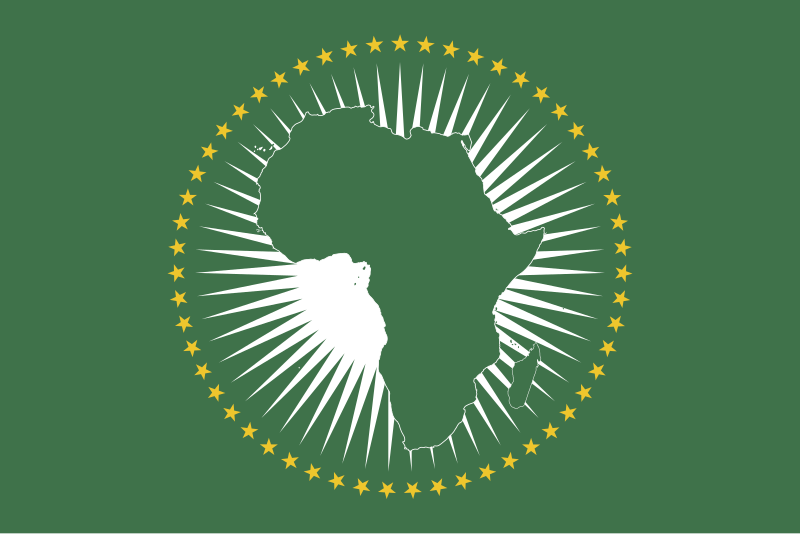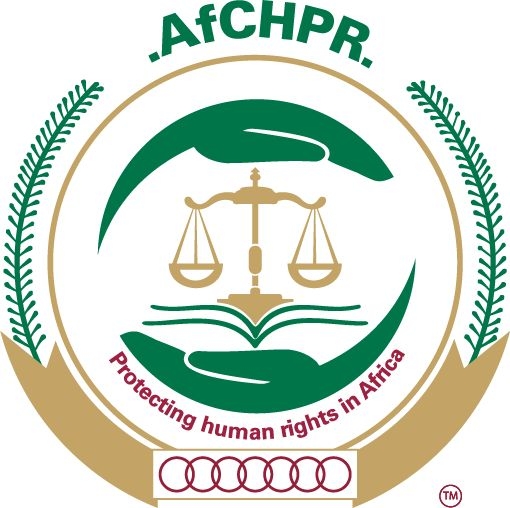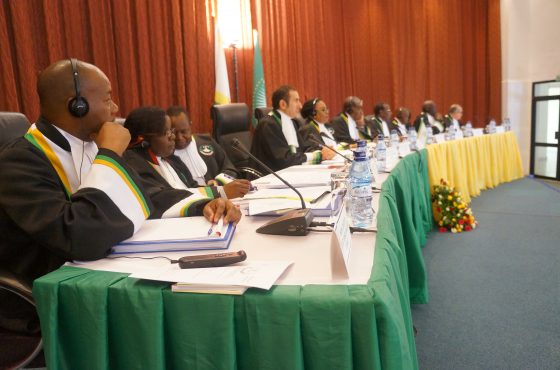Frank Okyere Osei is a researcher, educator, and peacebuilding practitioner with nearly two decades of experience in atrocity prevention and peacebuilding in fragile contexts. In this blog post, Frank explores the challenges and opportunities of adapting Responsibility to Protect (R2P) to address contemporary security and political realities, offering insights from his research and practical experience in the field. The post is based on insights from a session at this year’s International Studies Association (ISA) conference.
2025 marks the 20th anniversary of the Responsibility to Protect (R2P), which is the UN norm that has shaped global discourse on the protection of populations from genocide, war crimes, ethnic cleansing and crimes against humanity. However, R2P now faces a moment of reckoning. In an era of deep geopolitical divides – exemplified by conflicts in Ukraine, Gaza, Sudan, Syria and Myanmar – R2P confronts its most significant challenges yet, with critics quick to declare its demise. Has it reached its limits as an operational and normative framework? Or can its application be reimagined to address contemporary geopolitical realities today?
At the 2025, International Studies Association’s 66th Annual Convention in Chicago, USA, a roundtable titled ‘The Responsibility to Protect at 20 Years: The Challenge of Moral Responsibility in a Transformed Global Context’ brought together a diverse group of scholars, experts, and practitioners. Together, participants explored the moral, legal, and political dimensions of R2P, debating its current state and future trajectory. The discussions provided valuable insights into R2P’s relevance in today’s rapidly changing global landscape. This post reflects on those key conversations, particularly from an African geopolitical perspective.
The R2P is an international norm adopted in 2005 at a summit of world leaders to address mass atrocity crimes such as genocide, war crimes, ethnic cleansing, and crimes against humanity. It emerged in response to failures like the Rwandan genocide and the Srebrenica massacre, emphasising that states have a primary responsibility to protect their populations, but the international community must step in when states fail to do so. R2P operates on three pillars: the state’s responsibility to protect its citizens, international assistance to build state capacity, and timely international response when necessary. While the normative framework of R2P focuses on its moral and legal principles, the operational framework deals with its practical implementation, such as peacekeeping missions, diplomatic efforts or creation of national preventive structures.
R2P’s Successes and Failures: The African Experience
From an African perspective, R2P has had both notable successes and glaring failures. It played a crucial role in preventing further violence in Kenya after the 2007 post-election crisis and facilitated international intervention in Côte d’Ivoire’s violent post-election crisis in 2011, in which incumbent President Laurent Gbagbo refused to cede power to Alassane Ouattara, the internationally recognised winner.
Since R2P’s adoption in 2005, several African states have moved to establish domestic mechanisms for atrocity prevention. While many of these mechanisms are still in their early stages of development, they offer a more comprehensive approach to preventing genocide, war crimes, and crimes against humanity. Despite these successes, the 2011 Libya military intervention exposed R2P’s vulnerabilities. What began as a civilian protection mandate evolved into regime change, resulting in long-term instability. While the intervention itself was necessary, it precipitated significant regional security challenges. The repercussions extended beyond Libya, destabilising the Sahel region and wider West Africa, fueling the spread of arms and militancy across Mali, Burkina Faso, Niger, Togo, and Benin.
Despite its challenges, abandoning R2P entirely may not be the best course of action now. Instead, its revitalisation could be rooted in regional mechanisms like the African Peace and Security Architecture (APSA), the institutional framework established by the African Union (AU) to prevent, manage, and resolve conflicts on the continent. This approach would align R2P with African-led initiatives, fostering legitimacy and effectiveness in preventing mass atrocities. APSA, with its emphasis on early warning, mediation, and intervention, presents a more regionally grounded approach to implementing R2P in Africa.

The AU’s experience in deploying peace operations, such as in Somalia (AMISOM), the Central African Republic (MISCA) and Mali (AFISMA), demonstrates its capacity to lead in atrocity prevention when adequately resourced and politically supported. These peace operations played critical roles in protecting civilians, stabilising conflict-affected regions, supporting state-building efforts, disarming combatants and facilitating political transitions, with missions like MISCA and AFISMA later transitioning into UN peacekeeping operations (MINUSCA and MINUSMA, respectively).
The Rise of Legal Mechanisms: A Replacement for R2P?
A significant shift in atrocity prevention is taking place – one that is mediated not directly through R2P but through international legal accountability. The International Court of Justice (ICJ) and International Criminal Court (ICC) are increasingly at the forefront of addressing mass atrocities, as seen in cases involving Israel-Gaza, Myanmar, Sudan, Russia-Ukraine and the 11 March, 2025 arrest of former Philippine President, Rodrigo Duterte, and his subsequent transfer to the ICC in The Hague. While legal accountability is essential, relying solely on post-facto justice mechanisms may erode R2P’s preventive intent. In other words, if the international community waits until crimes are committed before acting, it may fail to stop the suffering and loss of life that R2P aims to prevent.


The challenge is ensuring that legal accountability complements, rather than replaces, preventive strategies. Legal action often comes too late to prevent atrocities as seen in the genocide cases against Myanmar and Sudan. A more balanced approach would involve integrating R2P’s preventive aspects with strengthened legal mechanisms, ensuring that justice serves as both a deterrence and redress. Africa’s regional courts, such as the African Court on Human and Peoples’ Rights based in Tanzania, could play a stronger role in bridging this gap, offering localised legal accountability mechanisms that complement R2P. The African Court is important because it provides a regional mechanism for addressing human rights violations, delivering justice in a way that better reflects local cultures and contexts.
Key Considerations for the Future of R2P in Africa
Strengthening Regional Approaches
Rather than depending on global enforcement mechanisms, Africa already possesses frameworks that can reinforce R2P. Article 4(h) of the AU Constitutive Act provides a normative foundation for intervention in cases of mass atrocities. The passage of UN resolution 2719 (2023) further strengthens financial support for African-led peace operations. Additionally, the AU’s appointment of Adama Dieng as a special envoy to combat genocide and other mass atrocities underscores the continent’s commitment to atrocity prevention. Regional economic communities (RECs) such as the Economic Community of West African States (ECOWAS) and Intergovernmental Authority on Development (IGAD) in Eastern Africa have also demonstrated their capacity to address crises, as seen in ECOWAS’s role in resolving political instability in Guinea-Bissau (1999, 2012) and The Gambia (2017) and IGAD’s mediation efforts in South Sudan (2013). Strengthening these regional bodies and integrating R2P principles into their frameworks could enhance localised responses, ensuring greater legitimacy and effectiveness.
Climate Security and Atrocity Prevention
Conflicts that escalate into mass atrocities are increasingly being triggered by environmental stressors such as desertification, water scarcity, and displacement of populations. The intersection of climate security and mass violence must be considered in any future R2P framework, particularly in Africa, where resource scarcity often fuels conflict. Climate-induced displacement in the Sahel, Lake Chad Basin and the Horn of Africa have all exacerbated communal tensions, making climate resilience a key factor in atrocity prevention. Future applications of R2P must integrate environmental peacebuilding strategies, emphasising conflict-sensitive adaptation measures. Strengthening local governance structures – such as community-based resource management systems, traditional conflict resolution mechanisms, and local environmental councils – to manage resource competition, and promoting cross-border cooperation on water and land use, could mitigate climate-related triggers of violence.
Hybrid Political Orders and Civilian Protection
Many African states operate within hybrid security environments where power and authority are shared or contested between formal state institutions (like governments and national armies) and non-state actors (such as militias, religious groups, private military contractors, or traditional leaders). In these environments, the state often does not have full control over its territory or security, and non-state actors play a significant role in governance, security, and resource management. This complexity challenges R2P’s traditional state-centric approach, which focuses primarily on states as the main actors responsible for protecting civilians.
Future iterations of R2P therefore must address protection in contexts where state authority is fragmented. In conflict zones such as the Democratic Republic of the Congo (DRC), Mali and the Central African Republic, state forces often lack control over large territories. Engaging with a broader range of stakeholders, including traditional leaders, community-based protection mechanisms, and even armed non-state actors may offer more effective civilian protection strategies. Hybrid governance models that incorporate non-state actors into atrocity prevention efforts could provide a more nuanced application of R2P in fragile states.
The global political climate has not been particularly kind to R2P on its 20th anniversary. Yet, there remains a strong case for remodelling the norm rather than discarding it. African scholars and policymakers should push for a transformation of R2P into a more localised, context-sensitive framework that balances prevention and local agency.
R2P at 20: Reform or Outdated?
The global political climate has not been particularly kind to R2P on its 20th anniversary. Yet, there remains a strong case for remodelling the norm rather than discarding it. African scholars and policymakers should push for a transformation of R2P into a more localised, context-sensitive framework that balances prevention and local agency. This requires rethinking how protection is operationalised and moving beyond Western-centric models to approaches that align with African political and security realities.
Ultimately, the challenge is not whether R2P should survive, but how it can be adapted to meet the realities of today’s world. If reimagined effectively, R2P can still serve as a vital tool in preventing atrocities – one that prioritises regional leadership and pragmatic responses over external imposition. As R2P enters its third decade, its future may well depend on whether it can transition from a contested international norm to a regionally embedded and locally driven mechanism for protection.
The views and opinions expressed in this blog post are solely those of the blog post author. These views and opinions do not necessarily represent those of Global Souths Hub and/or any/all contributors to this site.
About the Author
Frank Okyere Osei is a researcher, educator, and peacebuilding practitioner with nearly two decades of experience in atrocity prevention and peacebuilding in fragile contexts. A doctoral student at Binghamton University and Senior Fellow at the Kofi Annan International Peacekeeping Training Centre (KAIPTC) in Ghana, his work focuses on bridging global norms like the Responsibility to Protect (R2P) with local implementation strategies, particularly in Africa.




